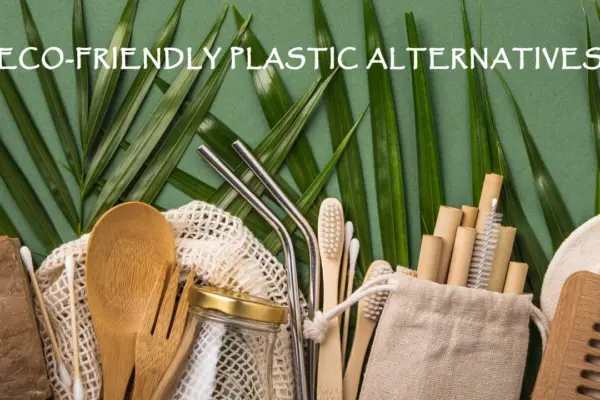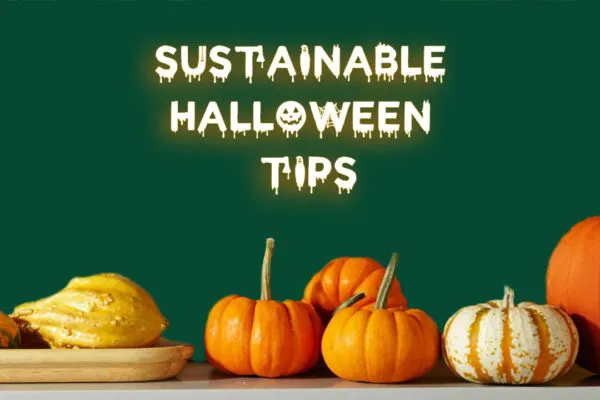World Oceans Day 2021: Plastic Pollution + The Great Pacific Garbage Patch Affecting “Life and Livelihoods”
World Oceans Day 2021 is approaching and this year’s theme is “The Ocean: Life and Livelihoods.” The international event takes place annually on June 8, supports the implementation of worldwide Sustainable Development Goals, and promotes ideas for the protection of the ocean.
The oceans are a crucial ecosystem, producing over half of the world’s oxygen and absorbing 50 times more carbon dioxide than our atmosphere. Covering 70 percent of the earth’s surface, the ocean transports heat from the equator to the poles, regulating our climate and weather patterns.
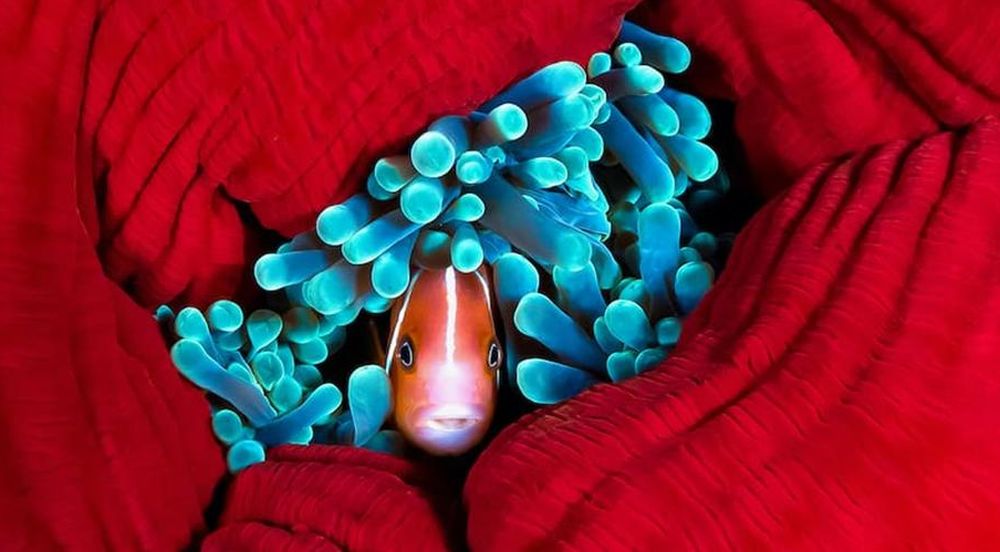
Oceans carry a myriad of flora and fauna species, all of which are threatened by climate change and plastic pollution | Image: Michael Gallagher
World Oceans Day 2021
The second fully virtual celebration of United Nations World Oceans Day, on June 8, 2021, will highlight the theme of “The Ocean: Life and Livelihood.”
World Oceans Day reminds humanity of the major role the oceans have in everyday life. They are the lungs of the planet and a major source of food and medicine and a significant part of the biosphere.
The event aims to inform the public of the impact of anthropogenic activities on the ocean, build up a worldwide movement of citizens for the ocean, and rally and unite the world’s population on a project for the sustainable management of the world’s oceans.
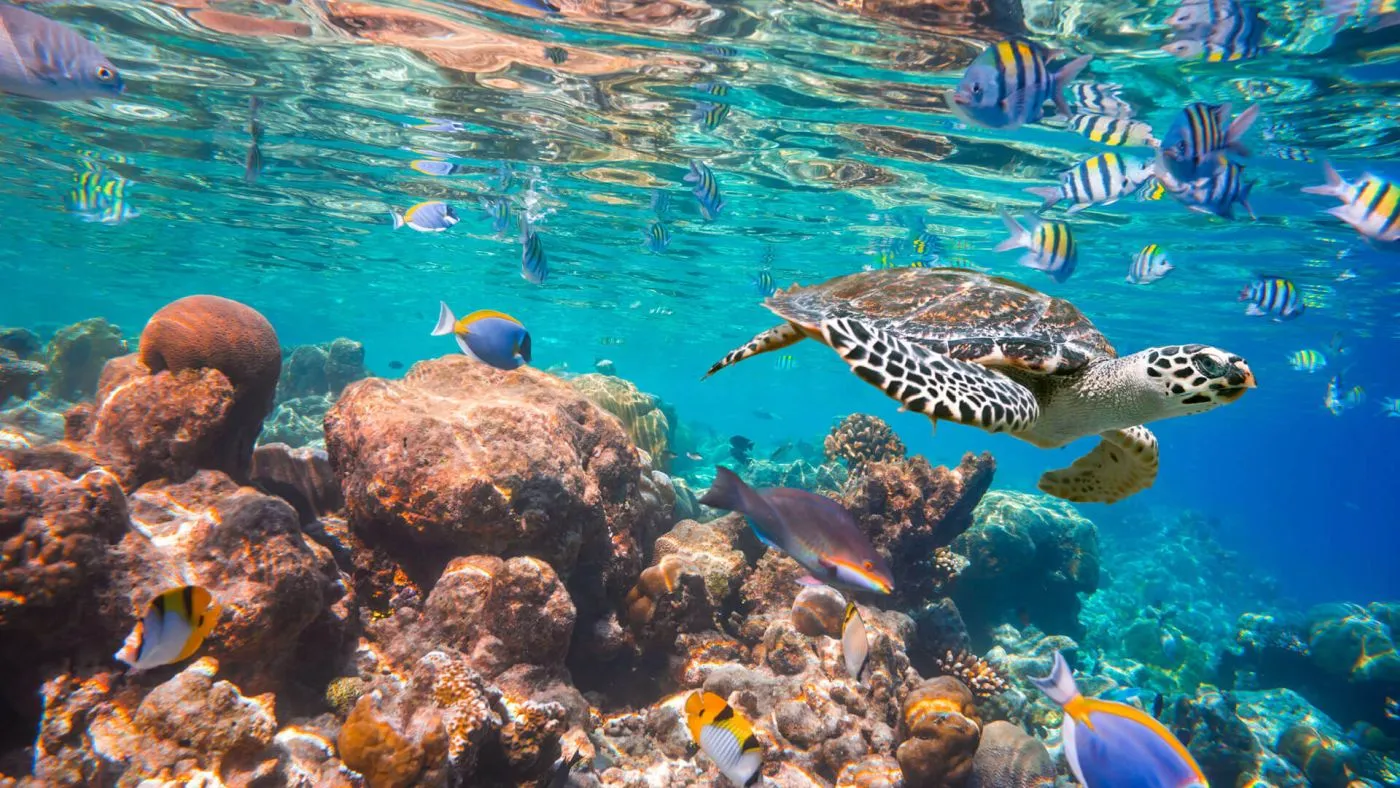
Second fully virtual celebration of United Nations World Oceans Day will highlight the theme “The Ocean: Life and Livelihood” | Image: Natural World Safaris
Formed by the Division for Ocean Affairs and the Law of the Sea of the Office of Legal Affairs of the United Nations, in collaboration with the non-profit organization Oceanic Global, and presenting partner Blancpain, this year’s annual event will focus on the beauties of the ocean and how it is our life source, supporting humanity and every other organism on the planet.
Thought-leaders, celebrities, various institutional partners, entrepreneurs and cross-industry experts will be joining the event to talk about the biodiversity and economic opportunity that the ocean sustains.
This year’s theme is relevant in the lead-up to the UN Decade of Ocean Science for Sustainable Development, which will take place from 2021 to 2030. The program will reinforce international collaboration to build up scientific research and innovative technologies to connect ocean science with the needs of society.
Ocean Plastic Pollution
Unfortunately, plastic pollution has become one of the most pressing environmental issues, as the rapid production of disposable plastic products overwhelms the world’s ability to tackle them. Ocean plastics are most visible in developing Asian and African nations, where garbage collection systems are often inefficient or nonexistent.
Half of all plastics ever created have been made in the last 15 years. Manufacturing increased tremendously, from 2.3 million tons in 1950 to 448 million tons by 2015. Plastic production is expected to double by 2050.
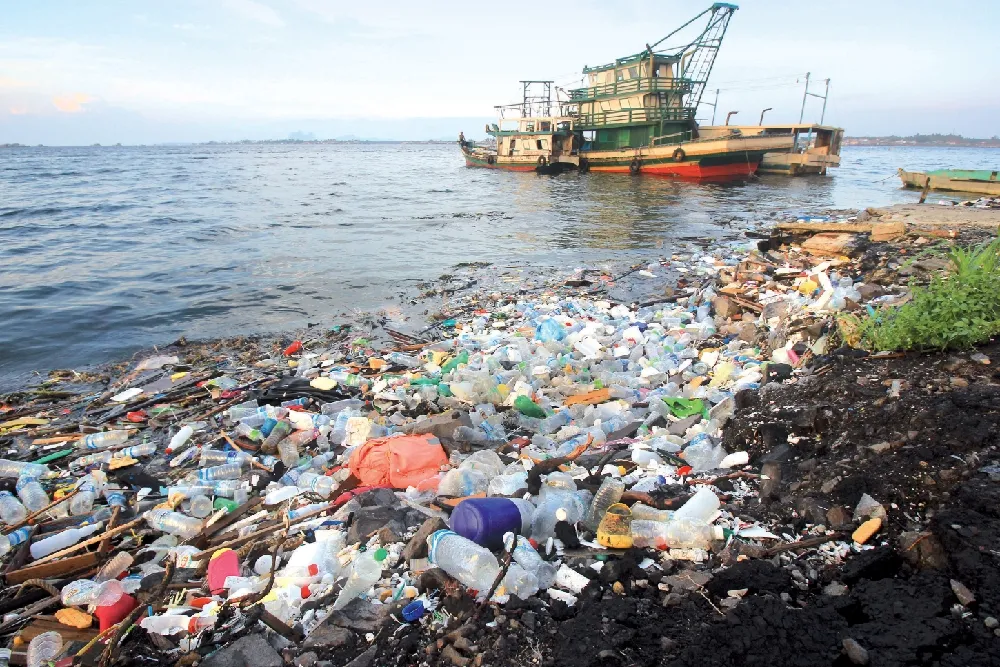
Heap of plastic waste dumped in the ocean | Image: Open Edition
Every year, about 8 million tons of plastic waste end up in the oceans from coastal nations. It is an amount equivalent to setting five garbage bags full of trash on every foot of coastline around the world.
At the end of the 20th century, the world’s attention began turning to the specter of ocean garbage patches – heaps of plastic and other debris that gather in distinct areas of the ocean. These patches came to symbolize our global addiction to plastic production and consumption.
Ocean plastics are not only injurious to various flora and fauna species but also affect human life as well. The persistent organic pollutants in the marine environment attach to the surface of plastic debris, floating plastics in the oceans have been found to accumulate pollutants and transport them through ocean currents.
It is estimated that land-based sources account for up to 80 percent of the world’s ocean pollution, 60 to 95 percent of the waste is plastic debris. Marine ecosystems support the livelihoods of over three billion people, which are threatened by ocean plastic pollution.
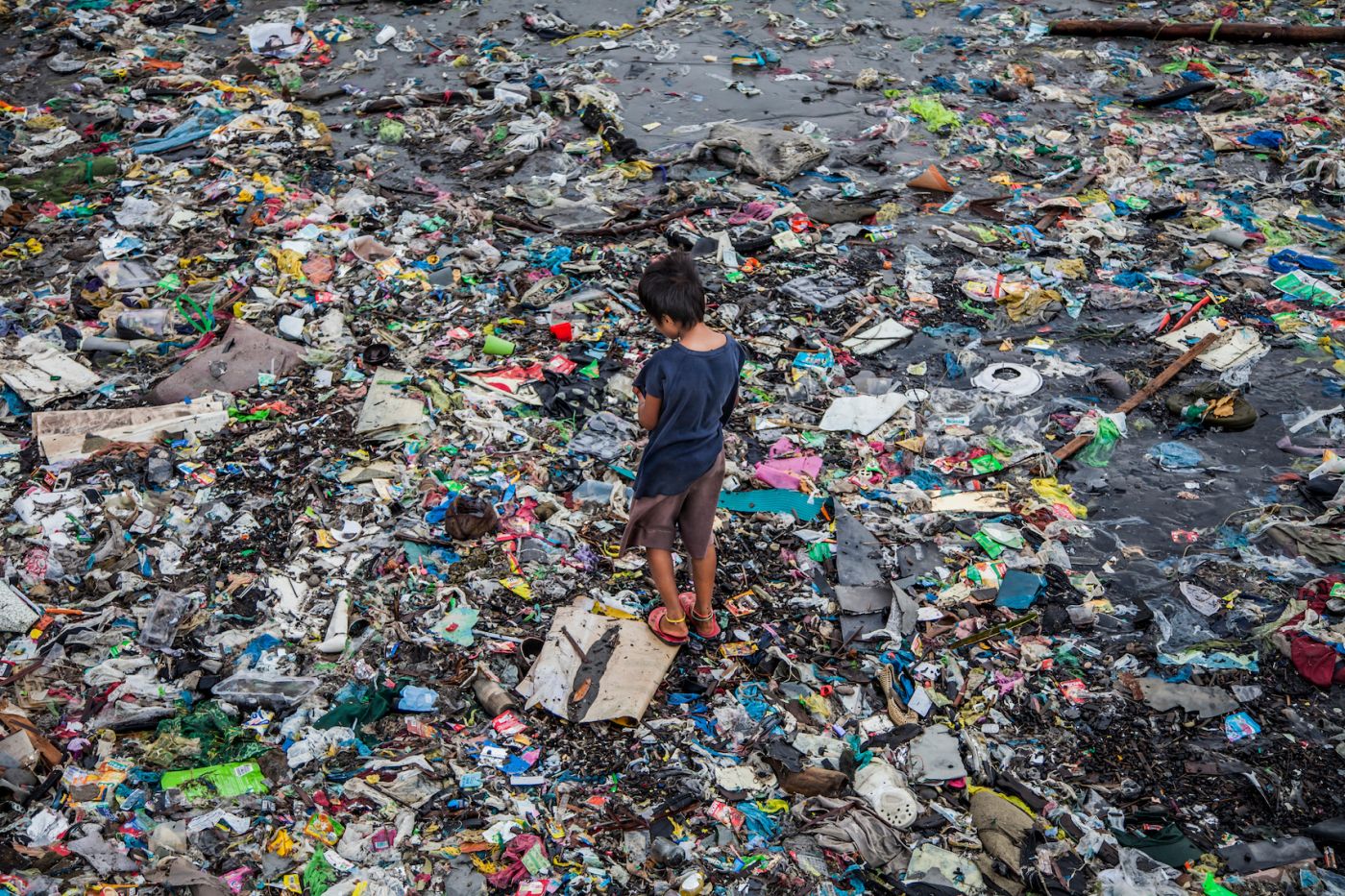
Every year about 8 million tons of plastic waste end up in the oceans from coastal nations | Image: Eco Warrior Princess
The same patterns of unsustainable consumption and production patterns that are causing problems on land are also attacking the oceans. The oceans have become a dumping ground for waste, from plastics to toxic chemicals.
Plastics are the largest, most harmful and most constant proportions of marine litter. The cumulative hazards and direct impacts of marine plastics already add to an estimated $500 to $2,500 billion loss in marine ecosystem services annually.
Once the plastic waste gets caught up in ocean currents, it can move around the world. On Henderson Island, an uninhabited atoll in the Pitcairn Group isolated halfway between Chile and New Zealand, scientists found plastic items from Russia, the United States, Europe, South America, Japan and China. They were carried to the South Pacific by the South Pacific gyre, a circular ocean current.
Great Pacific Garbage Patch
Much of ocean plastic is owing to man-made causes, such as poor waste management practices. Some of it ends up there due to natural disasters. The Great Pacific Garbage Patch is a collection of such marine debris in the North Pacific Ocean.
The Great Pacific Garbage Patch, also known as the Pacific trash vortex, spread across oceans from the West Coast of North America to Japan. It is actually comprised of the Western Garbage Patch, located near Japan, and the Eastern Garbage Patch, located between the US states of Hawaii and California.
These garbage patches are linked together by the North Pacific Subtropical Convergence Zone, situated a few hundred kilometers north of Hawaii. Warm water from the South Pacific meets up with cooler water from the Arctic in this zone, which acts as a highway to move debris from one patch to another.
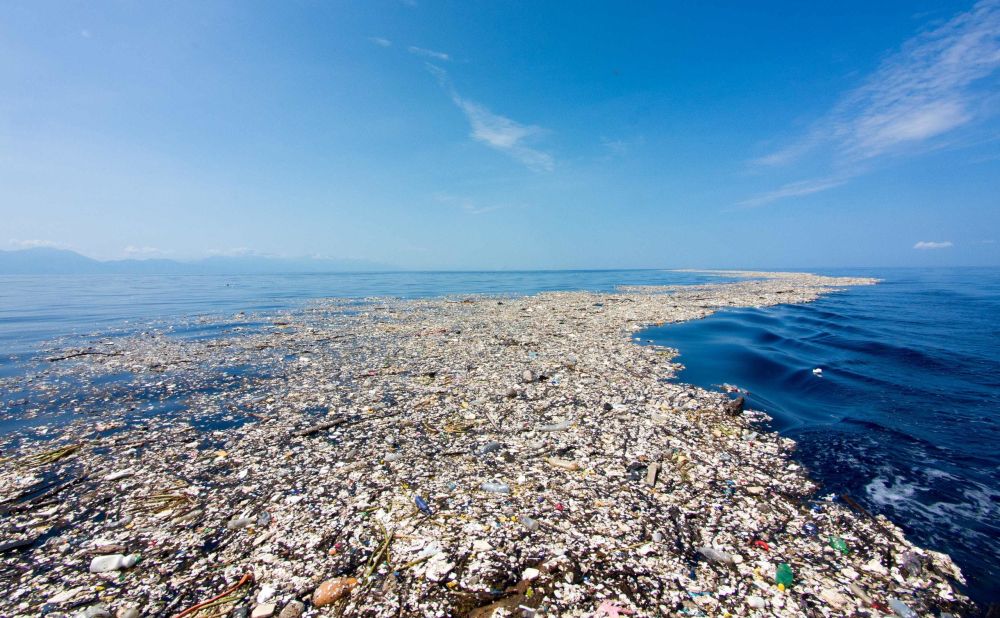
The Great Pacific Garbage Patch is a collection of such marine debris in the North Pacific Ocean | Image: The Ocean Cleanup
These patches are almost entirely made up of tiny parts of plastic, called microplastics – they are usually invisible to the naked eye; even satellite imagery doesn’t show a giant patch of garbage. The microplastics of the Great Pacific Garbage simply make the water look like a cloudy soup.
The seabed underneath the Great Pacific Garbage Patch may also be an underwater trash heap. Oceanographers and ecologists have discovered that about 70 percent of marine debris actually sinks to the bottom of the ocean.
The garbage patch is actually two distinct collections of debris bounded by the gigantic North Pacific Subtropical Gyre. It sits near the surface of the ocean. Dense debris can sink centimeters or even several meters beneath the surface, making the vortex’s area nearly impossible to measure.
Much of the Great Pacific Garbage Patch debris is plastic, which simply breaks into tinier and tinier pieces, known as microplastics. Marine debris can thwart algae and plankton, the photosynthetic producers in the marine food web, from receiving enough sunlight to create nutrients.
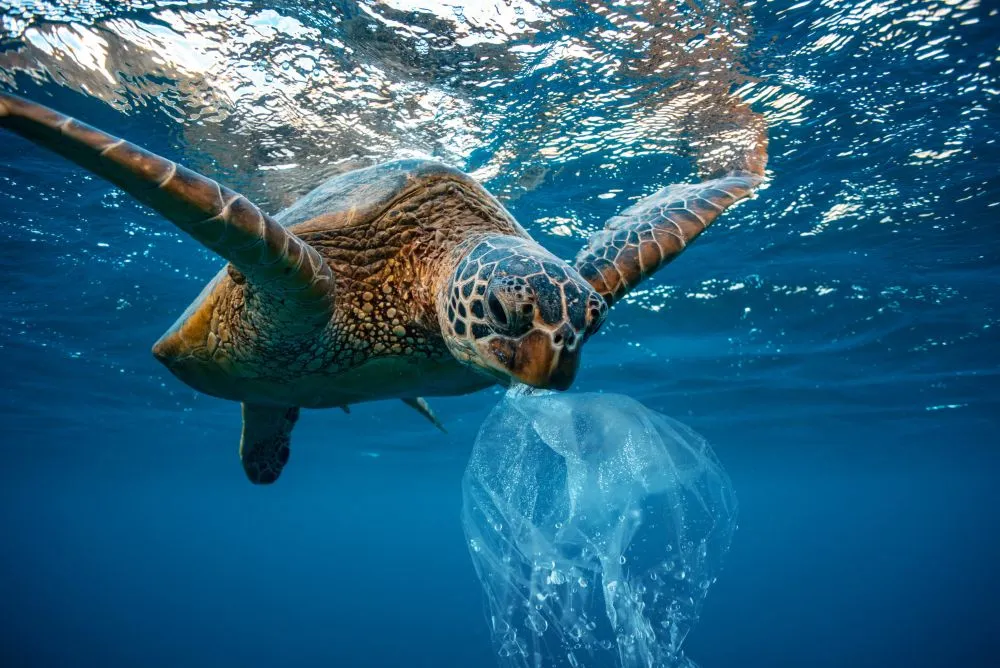
Seals, whales, turtles and other animals are strangled by abandoned plastic bags, fishing equipment or discarded six-pack rings | Image: Bustle
When these small organisms are threatened, the entire food web is jeopardized. The first-order consumers that eat the plankton, such as jellies, second-order consumers that eat the jellies, such as turtles, and apex predators such as sharks.
The garbage debris of the Great Pacific Garbage Patch can destruct marine life in the North Pacific Subtropical Gyre. Many seabirds end up dead after consuming plastic waste from the oceans. Turtles are also put in danger; they can easily be entangled in discarded fishing nets or mistake the gelatinous texture of plastic for food.
Most large debris in the Great Pacific Garbage Patch is made of cheap fishing nets. These discarded nets continue to trap marine life, suffocating marine mammals. Garbage patches are found in the stable centers of many of the world’s ocean gyres.
Even smaller bodies of water, such as the Mediterranean and North Seas, are creating their own garbage patches along closely trafficked transport lanes.
Threats to Marine Life
Most of the deaths to marine animals are caused due to entanglement in plastic debris and they, unfortunately, starve to their deaths. Seals, whales, turtles and other animals are strangled by abandoned fishing equipment or discarded six-pack rings. Plastic waste in oceanic ecosystems affects all marine life, from small crustaceans to big whales and turtles.
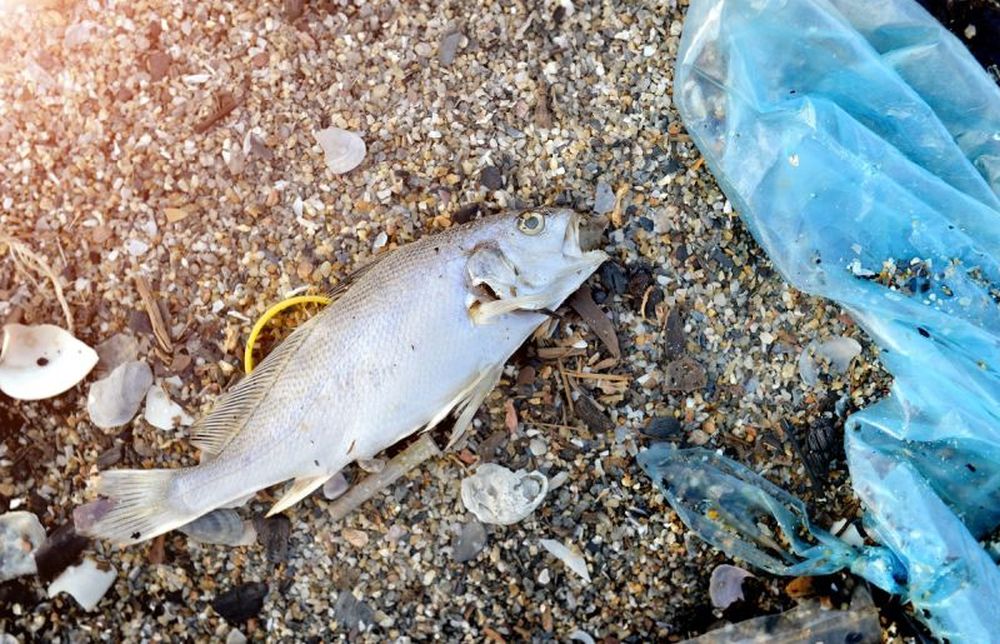
Plastic waste in oceanic ecosystems affect all marine life, from small crustaceans to big whales and turtles | Image: The Pegasus Foundation
Microplastics have been found in over 100 aquatic species, including fish, shrimp and mussels destined for human consumption. Moreover, these tiny particles of plastics have also been found to have blocked digestive tracts or pierced organs, causing death. Stomachs lodged with plastics can reduce the urge to eat, causing starvation.
Plastics have been consumed by land-based animals, including elephants, hyenas, zebras, tigers, camels and other large animals, which mostly cause death.
Various tests have confirmed liver and cell damage and disruptions to reproductive systems, promoting some species, such as oysters, to produce fewer eggs. New research shows that larval fish are eating nanofibers in the first days of life, raising new questions about the effects of plastics on fish populations.
